


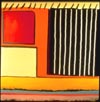

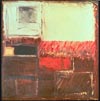

I decided to entitle the series Primal-Primal or P2. This is an idea derived from the word primal defined as: that which is first; the original; primitive. I thought that if I were to explore the origins of language in the visual sense that I should begin at that beginning, i.e., the point where primitive concept meets primitive imagination. The simplest thing I could imagine was a point. This was not very interesting but the concept had merit. The point could become a line, the line a simple or complex shape. The impact of this idea comes in understanding that the extension of dimensionality from a point to a line involves an increase in complexity and that there are levels of complexity which allow for increased dimensions. This increase in dimensions leads to the potential for increased information flow and enhanced communications. In the imagination of a point, what is of interest is the realization that one could define a painting as a composite of all elements; a point, a line, simple shapes, etc., such that the sum of all of these component parts make up an icon and that one could order the structure of that information by complexity. This is a powerful tool for exploring advanced forms of communication. The application of this technique in stating and solving problems has the promise of going beyond word based definitions and characterizations. In a sense the depiction of painting in this fashion represents a kind of new mathematics that utilizes a higher order form of symbols or complex symbol sets to communicate.
Following this line of thought, if we gather all the possible points and lines and simple and complex shapes into one set, it could be called primitive or in the case of painting, minimal. I call this level of complexity Pl. The level of complexity termed P2, would constitute any combination of the elements of PI plus the use of coloration and form overlays of PI set elements that may have the character of redundancy or increasing and decreasing amplification. The major consideration is that they are identifiable. More interestingly, this ordering can be extended almost indefinitely.
Level P3 for example, includes the use of spatial deformation in color and form. An example of this state is the satellite of "Polar Bear's Heart, Trapped in a Canary's Cage". This free standing piece (not shown) sits off from the major work ( "Polar Bear's Heart..."), yet fades completely into the major work as the viewing distance increases. Level P4 includes all of the above elements plus incorporates the use of simple motion such as: 1) rotation, in part, of individual components independently or 2) rotation of the whole work. The level P5 comprises the continuous deformation of the color and the form of an object or defined space, now possible using computers. The continuous deformation and change of color, form, and geometry constitutes level P6. Although there may be levels of complexity far in advance of P6, I am not sure they are notable, at this time. Examples beyond P2 are not included in this presentation, but do exist as part of my comprehensive portfolio.
With such concepts in mind, one may ask the question: Of what importance is this body of work? The answer comes in two parts. First, it demonstrates that abstract Art like abstract thinking can be used as a tool to improve and expand the imagination. Second, it illustrates that there are applications of abstract Art that are of use in increasing the flow of, or understanding of, information as assimilated in our current society through increasing our concept of symbolic referential dimensionality.
The series Primal-Primal or P2 should be viewed as one segment of an overall concept. In this series, basic units of information are defined and brought together to form the imaginary and what may be viewed as structure, in an iterative fashion, until what is seen can be interpreted as an "imaginary landscape". Later in the series, points of information become more recognizable and tend towards the figurative. Finally, "Twister," the last painting in the macro portion of the series, demonstrates the extent of the level of P2 complexity: introducing rotation as an element of informational transfer. This additional complexity increases exponentially the amount of informational capacity of the painting, and may represent the maximal form of two dimensional painting in this context.
Some technical specifications: These paintings are oil-based paint on number 12 cotton duck, with waffle grid, interlocking joint frames, glued and screwed, made from select 3/4" southern yellow pine. The series P2 consists of forty paintings presented in two sections containing twenty paintings each. In each section, the paintings are arranged in four similarly sized sets of five paintings. The macro section contains works starting at 5.5' x 5.5' and diminishing to 30" x 30". The micro section contains works starting at 24" x 17" and diminishes in size to 3/4" x 3/4" x 3/4" (the smallest bit of information expressed in this series). The thickness of all other paintings in each of the other seven sets of five paintings is 1.5".
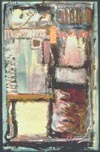
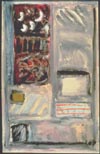
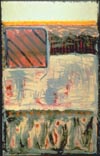
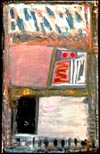
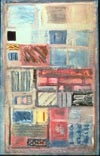

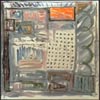



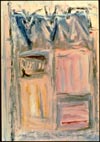
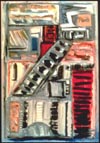
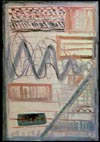
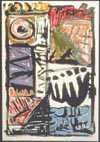
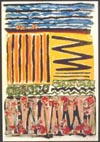
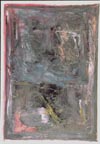
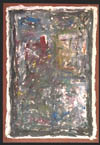
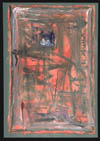
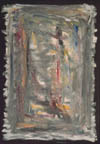

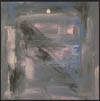
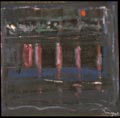


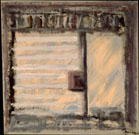
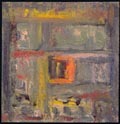
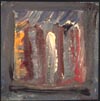
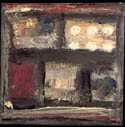



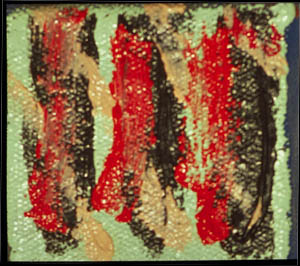

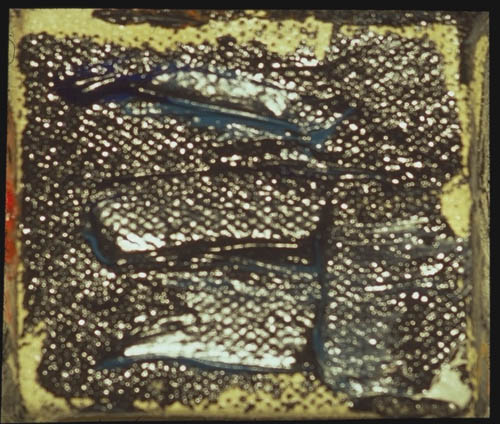











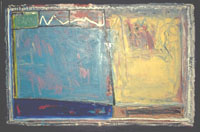
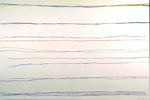






Copyright Mike Brining ©2007
